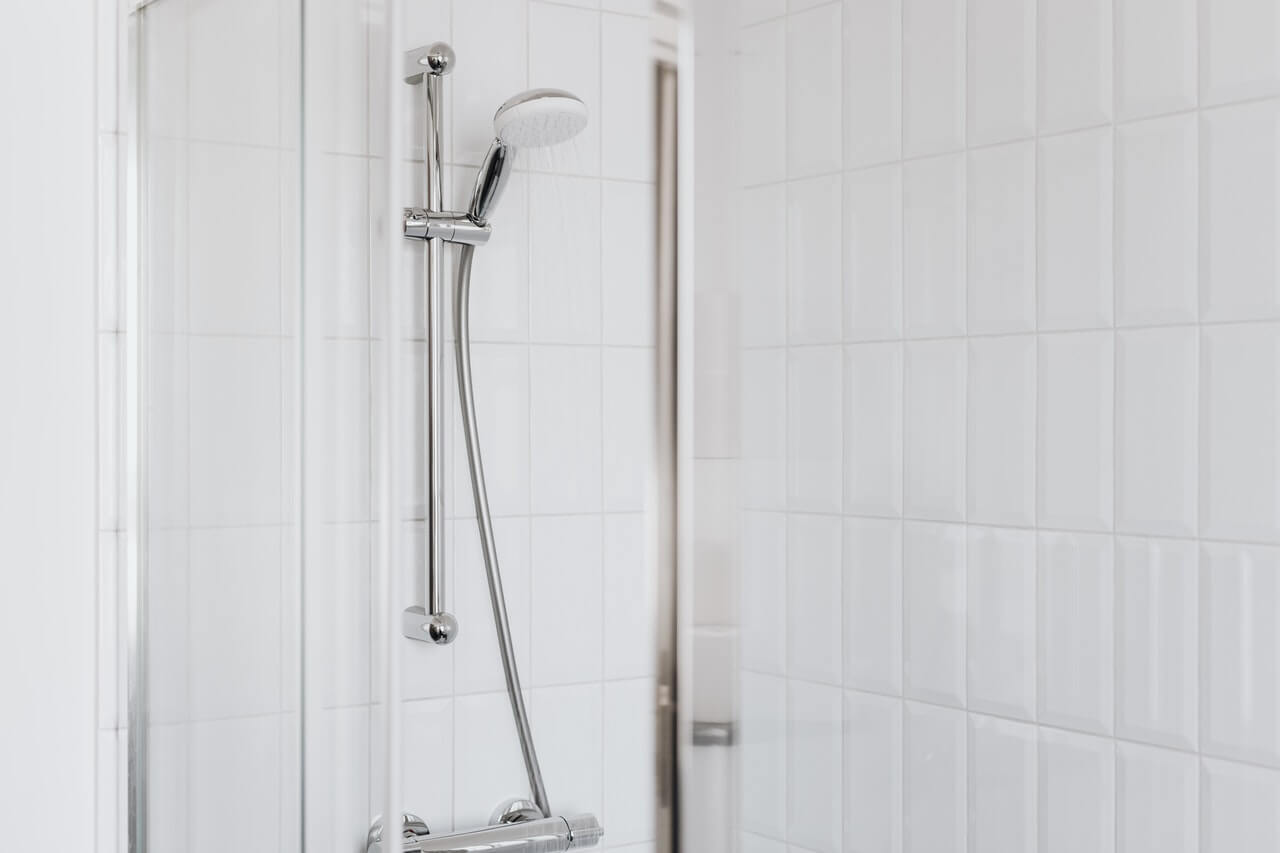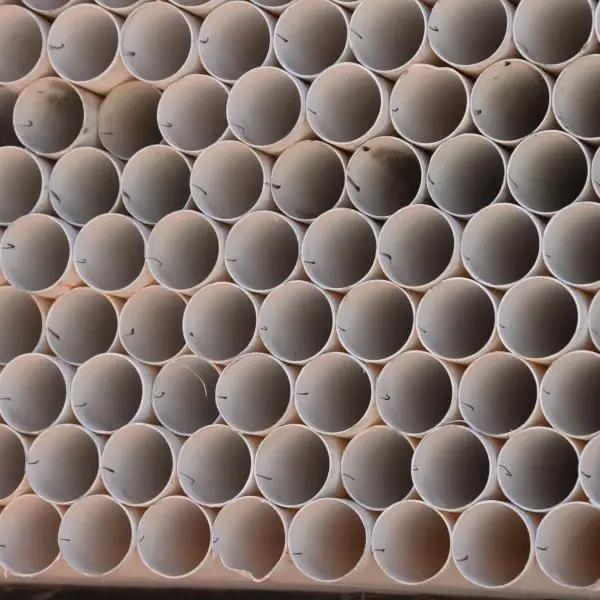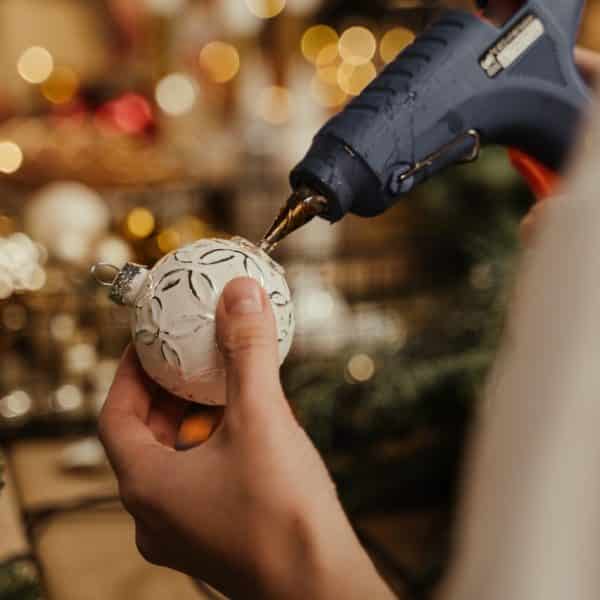Caulk is one of the slowest curing adhesives that can take up to 10 days to dry in certain conditions!
Because of its slow drying time, we can’t use the items that are caulked for days, and naturally, we want to know if the caulk has cured.
In this article, we will look at the ways to tell if the caulk is cured and how much time does it take to cure.
How Much Time Does Caulk Take To Cure
Different types of caulk have different curing times. There are 3 main types of caulk use today. Those are 100% silicone caulks, latex acrylic caulks, and polyurethane caulks.
The silicone and latex caulk need around 24 hours to fully cure in perfect conditions. The problem is that those perfect conditions significantly differ between these two adhesives.
A 100% silicone caulk as opposed to most adhesives, needs a moist environment to quickly cure. This adhesive can cure overnight if the conditions are cold and moist. If the weather is dry and hot, this caulk can take up to 10 days to fully cure!
A latex acrylic caulk, on the other hand, dries faster when exposed to dry and hot air like most adhesives. If the environment is cold and moist, this adhesive can take up to 3 days to fully cure. In a dry environment, this caulk should be fully cured in less than 24 hours.
Polyurethane caulk is a different animal. It is extremely heavy-duty and is mostly used for outdoor repairs like PVC windows and similar projects. This adhesive should be left undisturbed for at least 72 hours. This caulk has the slowest drying time and sometimes takes up to a week to fully cure.
Now that you know the drying time of a caulk, let’s see how can we speed up the drying time and make the caulk cure faster.
How To Make Caulk Dry Faster
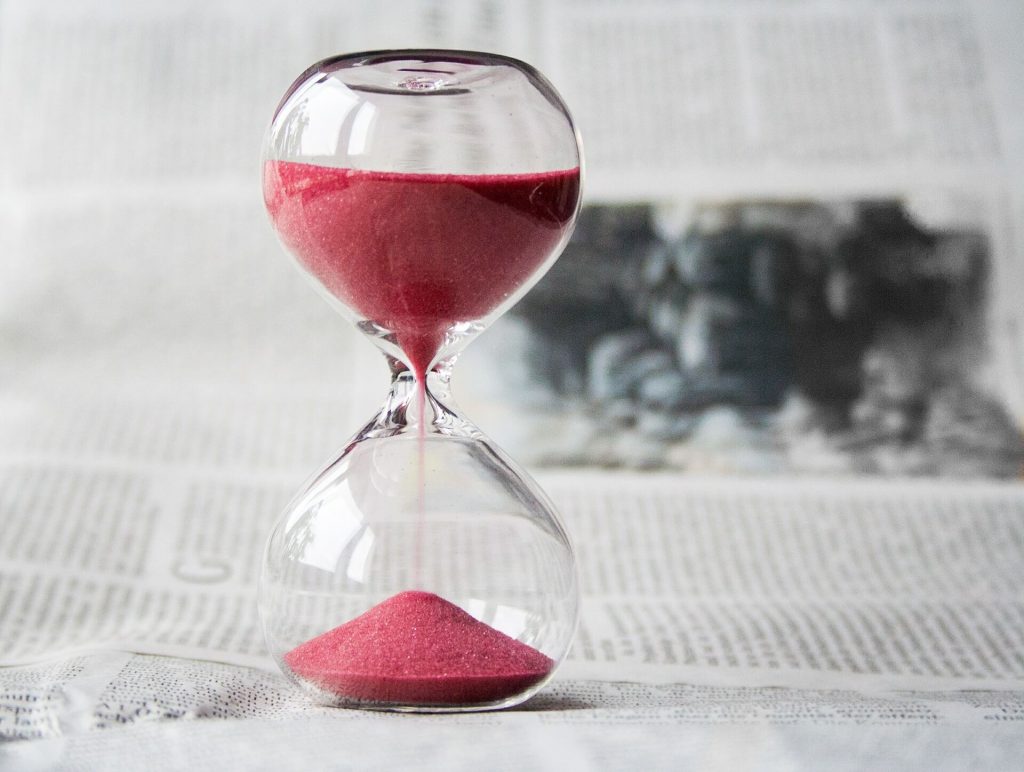
There are a few things you can do to speed up the curing process of a caulk. Those things will differ based on the type of caulk you’re using.
Silicone Caulk
Silicone caulk is unique because of its drying properties. It needs a moist atmosphere to cure quickly and effectively.
To speed up the drying process of this adhesive turning off the heating or opening a window if the weather is cold can help. It is recommended to do silicone caulking in the winter where you can leave the bond exposed to outdoor moist air.
Alternatively, you can use an air humidifier to help create an environment suitable for the silicone caulk to cure.
Acrylic Latex-Based Caulk
If the caulk you’re using is latex-based, hot and dry air are your friends. Turning up the heating or opening a window when the temperature is high can help you reduce the drying time of this caulk dramatically.
In combination with heating, you can use a fan to create and spread the hot air to the bond.
If you’re caulking with this type of adhesive in the summer, you can simply open a window and let the hot and dry air make the caulk cure in no time.
Polyurethane Caulk
This type of caulk can cure in any environmental condition. It’s designed that way so that it can be easily used outdoors for heavy-duty projects.
There is no known method to successfully reduce the drying time for this adhesive, Trying to do so can actually make the bond weaker and ruin your work.
How To Tell If The Caulk Is Dry
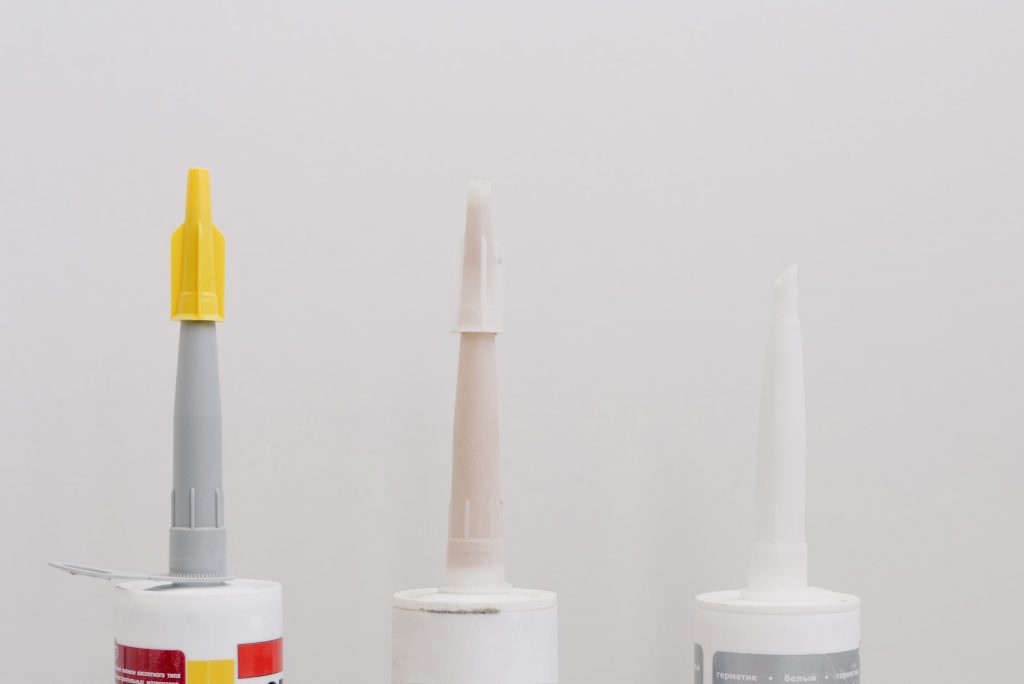
There is no way to tell if the caulk has cured visually. If the adhesive feels tacky, that’s usually a sign that the caulk has not cured.
But even if the caulk doesn’t feel tacky, you can’t know for certain that it has fully cured.
The best way to tell if the caulk has been cured is to consider the environment and the type of caulk used.
By using the information above, you can calculate the ballpark curing time of the adhesive.
To ensure that the sealant has fully cured, wait for a bit longer than anticipated. That way, you will know for sure that the caulk is dry and ready to go.
Frequently Asked Questions
How long does it take for caulk to cure?
Most caulks cure within 24 hours in perfect conditions. If the air is dry and you’re using silicone caulk, it can take up to 10 days to cure as opposed to only 1 day if the air was moist.
Latex-based acrylic caulk needs dry and hot air to effectively cure. If the air is cold, you shouldn’t expect it to cure before 7 to 10 days.
When can I shower after caulking?
To ensure a proper bond, you should wait for an extra day on top of the anticipated curing time.
If the caulk was applied in perfect environmental conditions, you can safely shower 48 hours after the application of the caulk.
Can you caulk in the rain?
Caulking in the rain is not recommended, but if you have to do it, polyurethane caulk is your best bet.
These adhesives are designed for outdoor use and can cure in extreme conditions. Just make sure to give it at least 3 days to cure.
Conclusion
It isn’t much you can do to speed up the curing time of a caulk. There also isn’t a way you can tell for certain that this adhesive has cured.
Just make sure that the adhesive is drying in the right conditions and leave it undisturbed for more time to ensure the strongest adhesion, and you’ll be golden.

